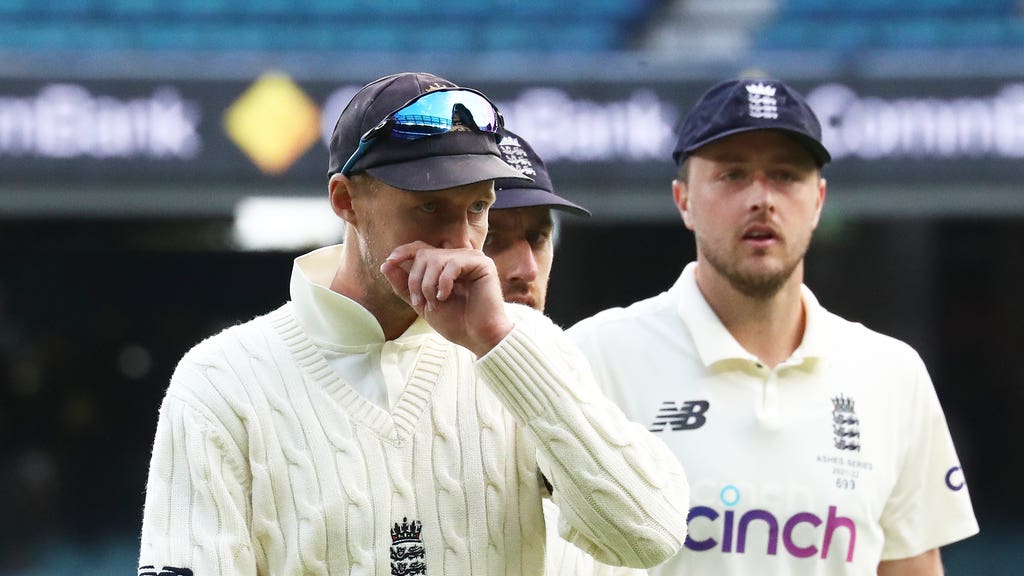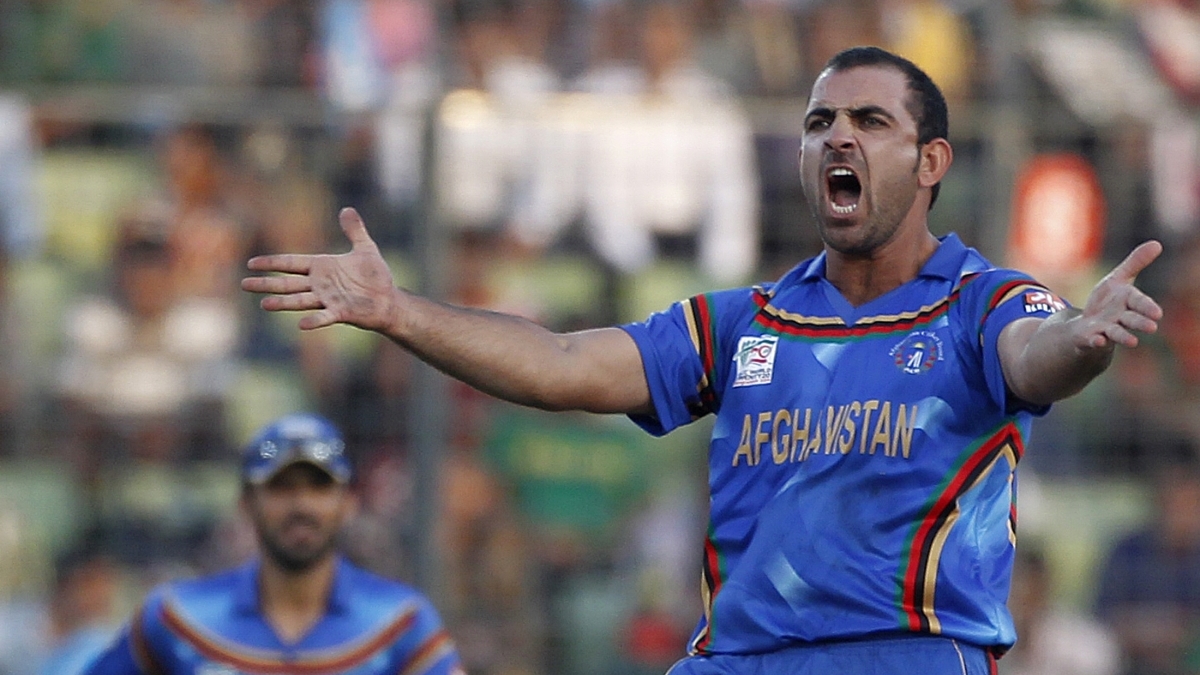
Undoubtedly it has been a miserable start to the Australian cricket season. That is not a reference to Australia’s wretched recent tour of South Africa, an essentially invisible series that few have noticed Down Under.
Uncomfortably, attention last week centred on the inquest by the NSW coroner’s court into the tragic death of Phil Hughes nearly two years ago. The 25-year-old was struck on the base of the skull while batting at the Sydney Cricket Ground (SCG) on November 25, 2014, and died in hospital two days later as a result of a traumatic haemorrhage caused by the blow.
After five excruciating days of this intensely public probe, there appears nothing of substance has come of it and, instead, at the heart of it all is a manifesting bitter dispute between the Hughes family and Cricket Australia and its players.
There have been no winners from this sombre spectacle, only accusations and a dredging of cricket’s saddest episode. In Australia, the prevailing sentiment from the public was cynicism over the whole exercise.
That raises an important question. Why was this inquest held? Many believe the inquest should not have taken place but given that it was a death deemed “accidental” in the workplace then under law in New South Wales it was appropriate for the state coroner to undertake a review, a process supported by the Hughes family.
In a bid to understand what exactly went on during that fateful day and, most importantly, to find more safety measures for cricketers ensured an inquest rightly was held though Cricket Australia had already undertaken an independent review. That review concluded Hughes’ death was a tragic freak accident and using a now mandated British Standard helmet would not have been a preventative measure.
Still, the Hughes family had obviously been holding on to genuine concerns and those reservations deserved airing.
It’s just too bad the inquiry became mired in rabbit holes, which one is to safely assume was not its original intention. From the outset, NSW coroner Michael Barnes said the hearing was “not to lay blame. (Hughes) death was a terrible accident, but it does not mean cricket cannot be made safer”.
Unfortunately, the inquest appeared to spiral into a witch hunt, specifically attempting to find culprits for sledging accusations and apparent aggressive short-pitched bowling tactics. Brad Haddin, Doug Bollinger, Dave Warner and Tom Cooper were all grilled about events on that day and later had their characters attacked with Greg Melick, the counsel for the Hughes family, questioning the honesty of the four cricketers.
The continual sticking point was Bollinger’s alleged “I’m going to kill you” sledge directed at Hughes and Cooper, his batting partner at the time. Even if he did say those words, it is a severe stretch to believe they had any impact on the tragedy that later struck.
Perhaps one silver lining from this whole sordid affair is of a possible recalibration over sledging, certainly in Australian cricket where crude banter is generally encouraged. As part of evidence by cricketer, and Hughes family friend Matt Day, Bollinger allegedly said that he would never sledge “I am going to kill you” again on the cricket field.
Legendary Australian captain Ian Chappell believed the inquest would highlight the dangers of verbal sledging. “There’s only one positive thing that can possibly come from the confused path taken by the inquest into Phillip Hughes’s tragic demise; the administrators might finally realise they’ve been too lenient when it comes to the amount of on-field chatter,” Chappell wrote in his column for The Daily Telegraph. “The more players are allowed to say, the greater the likelihood something personal or offensive will be said.”
Maybe, just maybe, some of these trivial and pointless verbal clashes that often blight cricket matches will cease with players more wary of potential repercussions although it would be folly to believe a sudden dramatic change in behaviour is imminent.
The other dominant inquisition during proceedings revolved around short-pitched bowling with NSW players denying they had an untoward plan to ruffle Hughes. Once again, accusations and the line of questioning gravitated towards murky terrain. Anyone who had ever watched Hughes bat knew he had something of a weakness against the short ball and NSW certainly weren’t the first to exploit that.
Their bowling that day at Hughes was not ‘Bodyline’ nor was it anything like the West Indies at their terrifying pomp, confirmed by former international umpire Simon Taufel who stated that 20 bouncers were directed at Hughes but regulations were not breached.
Despite its staid connotations, the harsh reality is that cricket can be a dangerous sport. Injuries happen frequently and, unfortunately, occasionally catastrophe rears its ugly head. The only ways to prevent what happened would be to outlaw bouncers entirely or use a tennis ball instead. In other words, the sport we love would cease to exist.
What needs to be further explored is advancing technology of a tried and tested new form of helmet to help alleviate the injury Hughes sustained. Every effort in the game needs to focus on this aspect and the inquest should have gone down this route.
It was an unsatisfying week, none more so than for the Hughes family who stormed out of the courtroom on the inquest’s final day. During proceedings, they opened themselves up to the nation’s gaze and there has been unfair public slander proliferating through social media about their motives.
The Hughes family deserve sympathy as they continue to be haunted by a senseless death to a beloved family member. Hughes’ death being played out so publically no doubt has exacerbated their grief. It is unimaginable the pain the Hughes family have experienced in the past two years and entirely understandable they are searching for answers to make some sense from losing a loved one for no rational reason.
One can only hope this inquest, with findings set to be announced in early November, will provide some form of catharsis for the Hughes family. With the inquest now over, maybe there, too, will be closure for the players still devastated about losing a great mate.
Perhaps the passing of time will unify the conflicting parties but, right now, a sad chasm exists and splintered further after this damaging inquest.
This piece originally featured in The Cricket Paper, October 21 2016
Subscribe to the digital edition of The Cricket Paper here







